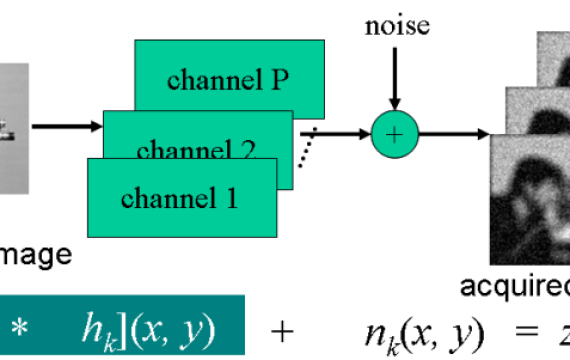Restoration of degraded images
Images play a key role in many diverse areas, such as astronomy, remote sensing, microscopy or tomography, just to name few. Due to imperfections of measuring devices (optical degradations, limited size of sensors, camera shake) and instability of observed scene (object motion, air turbulence), captured images are blurred, noisy and of insufficient spatial or temporal resolution. Image restoration methods try to improve their quality.
For principle reasons, these methods need to know the type of degradation process and make less or more restrictive assumptions about the scene or the image we want to get. Intuitively, the more restrictions we are able to prescribe the better results we can achieve. Very general ones are for example simple smoothing constraints assuming that the image contains large homogenous areas. More restrictive are those allowing only a certain type of blurring (out-of-focus or motion blur in a certain direction) or for example the assumption that the whole scene is planar.
Another possibility is to consider more than one image of the same scene (multiframe / multichannel imaging). In this case, we need much less additional knowledge about the scene or degradation process.
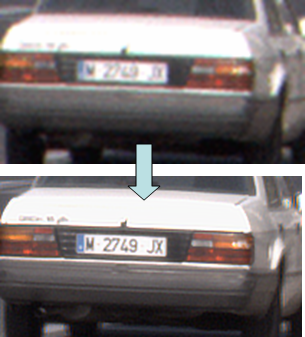
OUR TOP HIGHLIGHTS FOR THIS FIELD
Real-time camera autofocusation based on single-pixel imaging
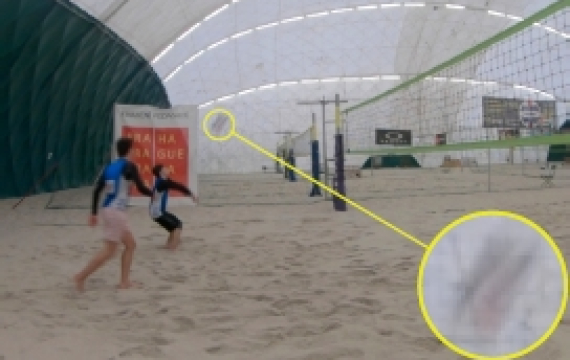
Deblatting (deblurring and matting) of fast moving objects
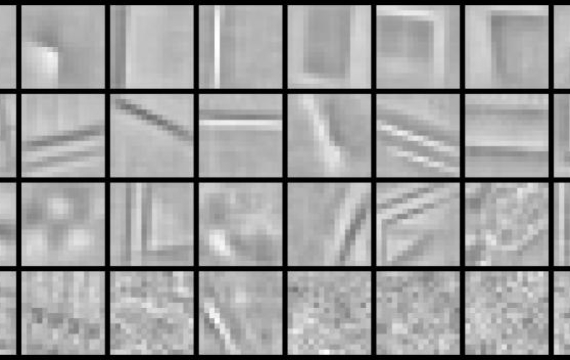
Fast convolutional sparse coding using matrix inversion lemma
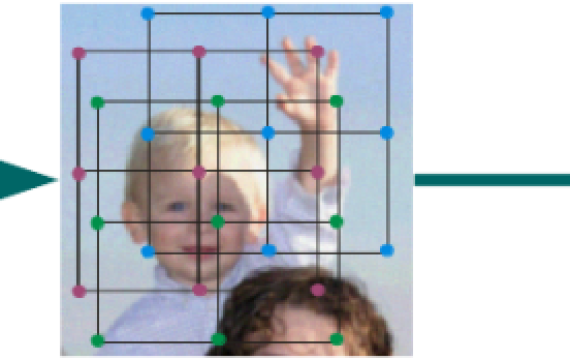
Super-resolution in Mobile Devices
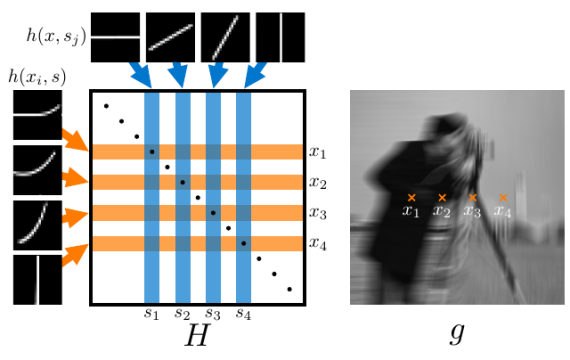
Decomposition of Space-Variant Blur in Image Deconvolution
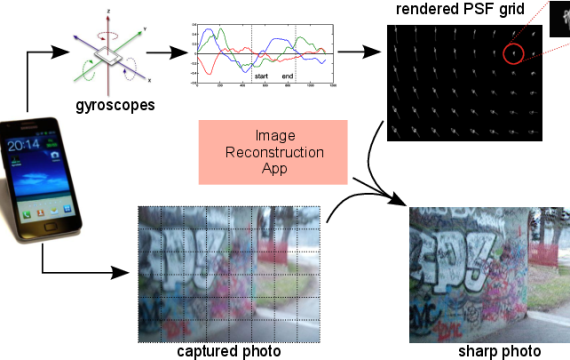
Blind Deconvolution in Smartphones
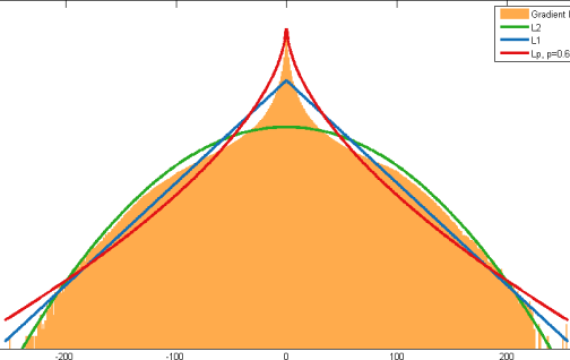
Blind deconvolution using alternating maximum a posteriori estimation with heavy-tailed priors
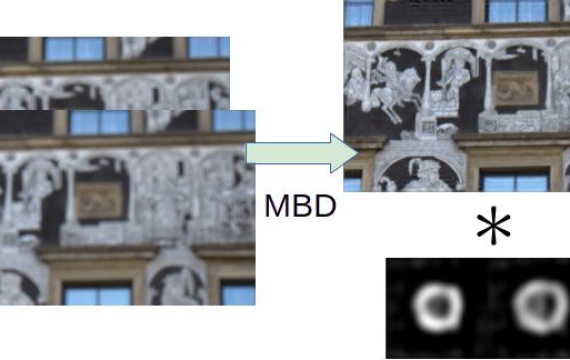
Algorithm for Fast Image Restoration
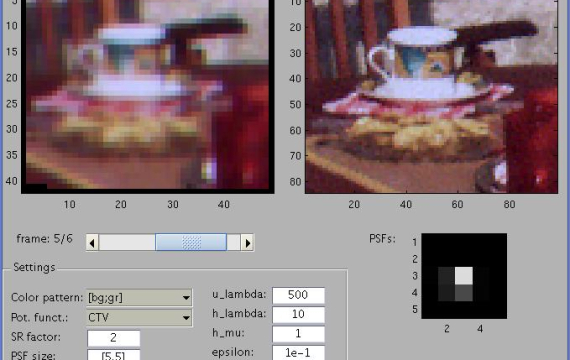
Super-resolution imaging (Matlab GUI)

Restoration of images blurred by camera motion
